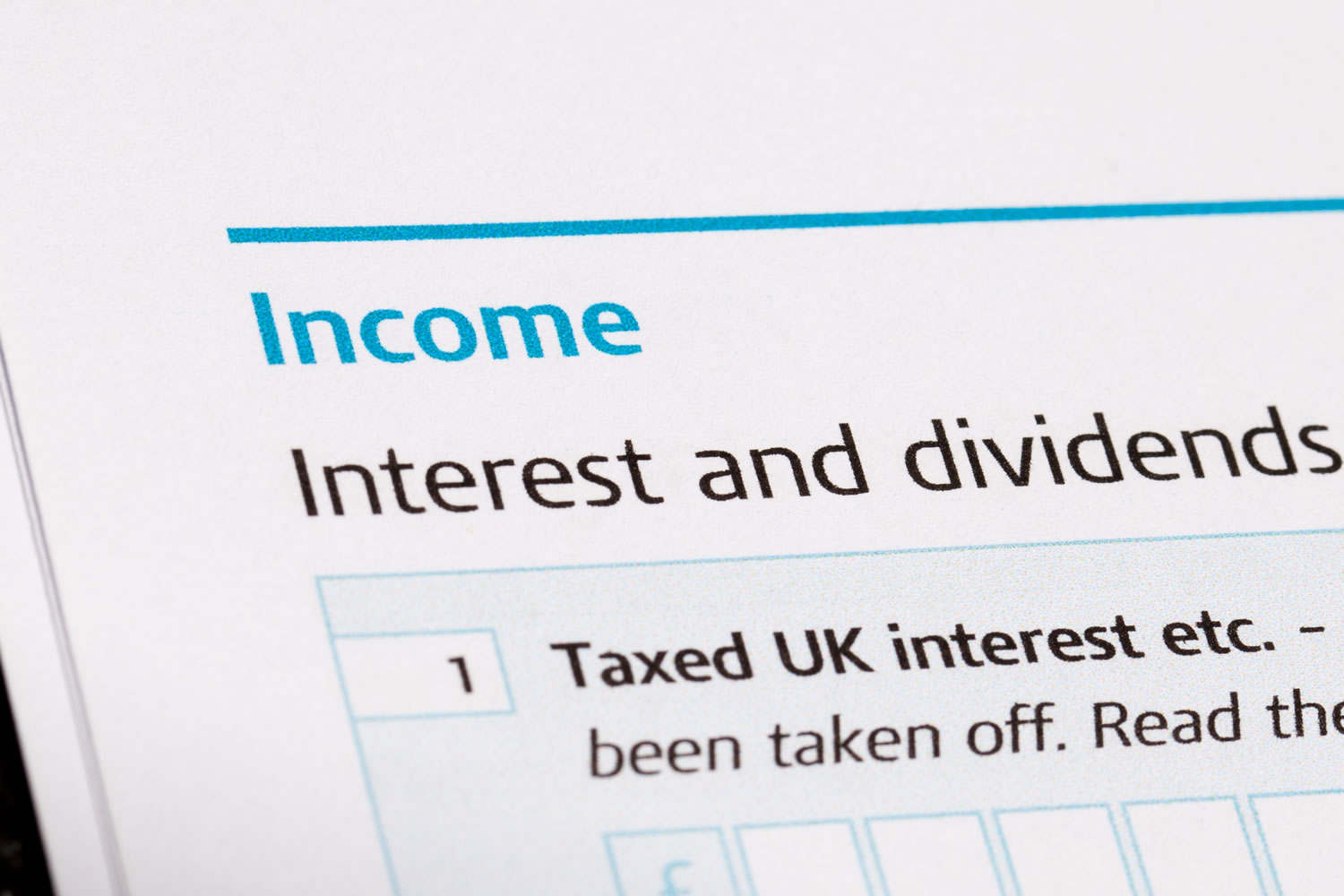In 2016 dividend tax was introduced as a way of levelling up the tax system between employees, the self-employed and business directors/owners. The view of the then chancellor and his successor is that however you are employed and however much you earn, the tax system should be even handed. It was felt that whilst personal tax was avoided by using dividends as a source of income, the various tax allowances available to companies meant that the corporation tax take which notionally substituted it, was not always of an even value to the treasury.
2016/17 was the first tax year in which the dividend tax was applicable. For the first two years of the new dividend tax, the first £5,000 of dividends was covered by a tax-free allowance meaning that an individual could earn £11,000 via PAYE and £5,000 of dividends before paying any tax – assuming they had a standard tax code.
The original plan was for the dividend allowance to reduce from April 2017, but the unplanned 2017 general election and Brexit fallout meant the finance bill didn’t go through and the allowance enjoyed a stay of execution. However, following the 2017 election the finance bill was reintroduced and gained Royal Assent in November 2017. That bill included the reduction of the allowance to £2,000 effective April 2018.
The impact of the cut in the allowance will range from £225 to £1140 subject to the rate of tax paid on total income. For some, the reduction in the allowance will write off the beneficial difference between taking income as pure salary or a salary/dividend mix. There may of course be other mitigating factors in continuing to take a split form of income, not least of all business performance, profitability and cash flow. But with the allowance reduced by 60% within 3 years of its introduction, it is fair to say suggest that any tax planning comparisons should be based on zero allowance in future years. Aside from the financial impact of the reduction in the allowance, the change will also require more people to start completing self-assessment returns as more of their income becomes taxable.
As ever, tax is a unique matter specific to your own personal and commercial circumstances and so if you would like to discuss the changes in dividend allowance and how you draw your income, please contact us.
